When UK chain JD Wetherspoon opens Keavan's Port, its flagship pub and hotel on Dublin's Camden Street, it will mark the completion of the company's single largest investment in its 41-year history.
Bought for €6 million, the three-year restoration on Camden Street Upper and Lower of eight Georgian townhouses and a chapel with the addition of a three-storey modern extension featuring a 12-metre-high glazed atrium, cost € 27.4 million.
According to Keith Paine of KPDA architects, the UK company involved, well known for work in the hospitality area and with Wetherspoon, this project was the most challenging.
“It’s the biggest we have ever done (for them) and cost more money and stress than any of the others,” he says.
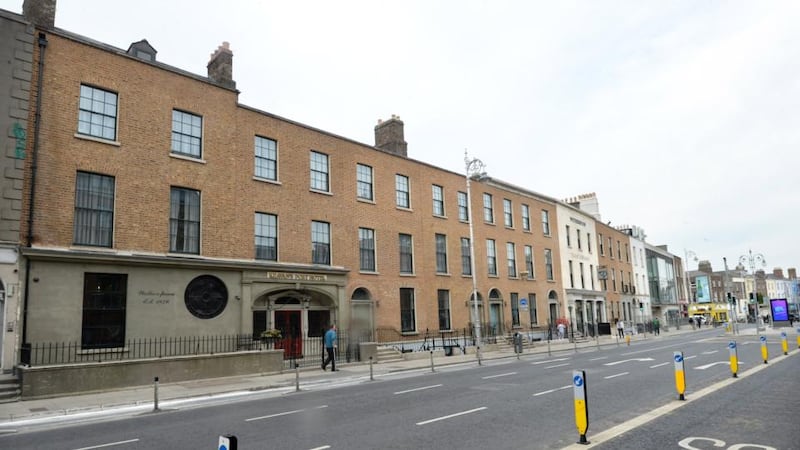
His team worked with Irish conservation architects James Slattery and Dermot Brennan, overseeing the restoration. They explain that one of the most difficult things at the start was the extent of the dry rot.
“It was like a swamp in places. There were challenges every time you removed something, there was something new to deal with,” Slattery says.
At any one time there were some 150 people working on the building and the stop/start restrictions of the pandemic and coping with an outbreak of Covid added to the challenges.
What has been achieved has made a massive impact on the street. The former long line of run down, derelict buildings that once included a convent, a chapel, a stained glass works and even a boxing gym has a new life and raison d’etre. The entire length of the front elevation has wig pointed brickwork (a highly specialised craft skill) by conservation specialists The Nolan Group.
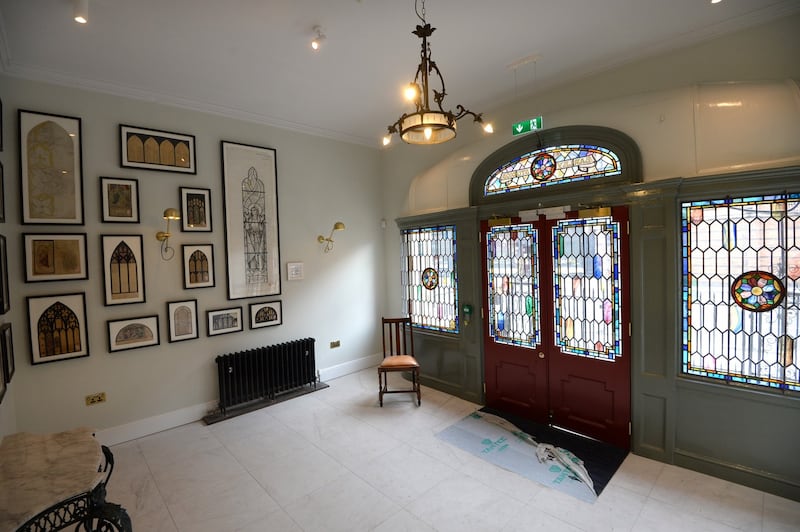
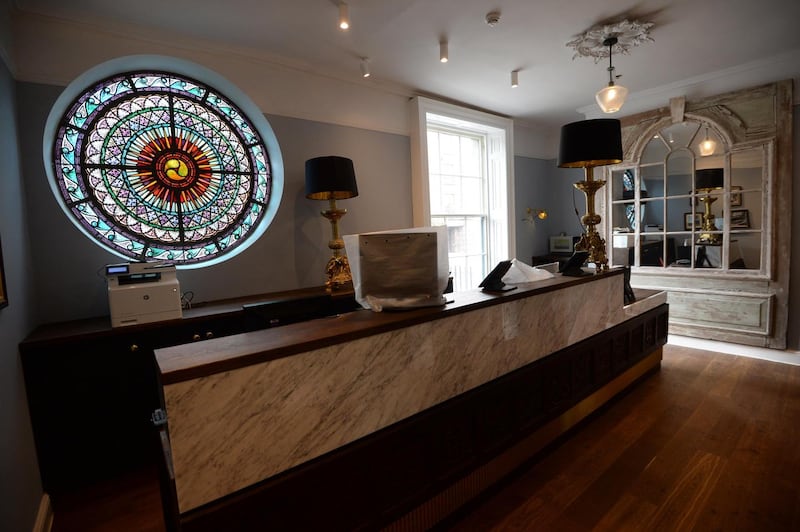
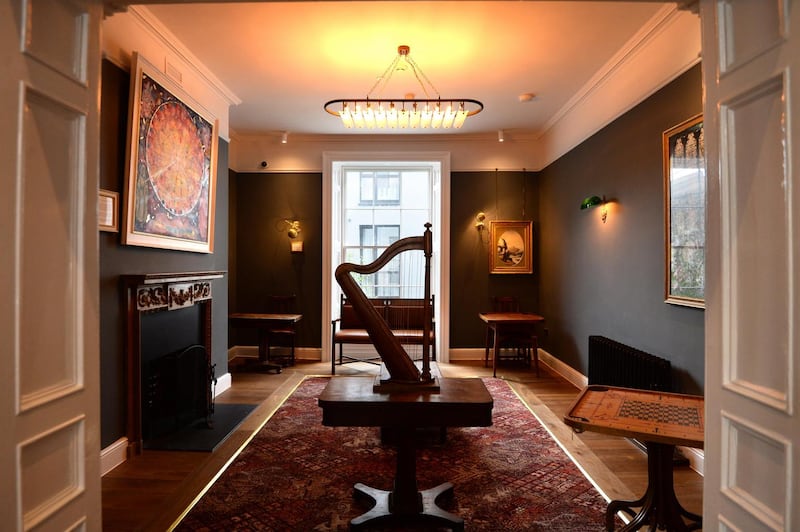
It features the spectacular bullseye rose window and stained-glass entrance doors to the hotel (restored by Joe Sheridan in Kilkenny) framed by an ironwork arch, railings and lanterns by Bushy Park Ironworks. Slattery also mentions the invaluable work of planning consultant Suzanne McClure of Brock McClure in the project.
The interior of the pub is vast and full of light thanks to the huge atrium which marks a clear definition between the old buildings and the new rear extension. It overlooks the beer garden below, an extensive area that would have originally been interlinked residential gardens.
At the pub’s front entrance, the immediate focal point is the restored chapel dating from the 1890s, now a restaurant with confession box dining areas and mosaic floors restored by Laura O’Hagan. The domed ceiling in the apse that once overlooked Beau Jacks boxing ring has been returned to its former glory.
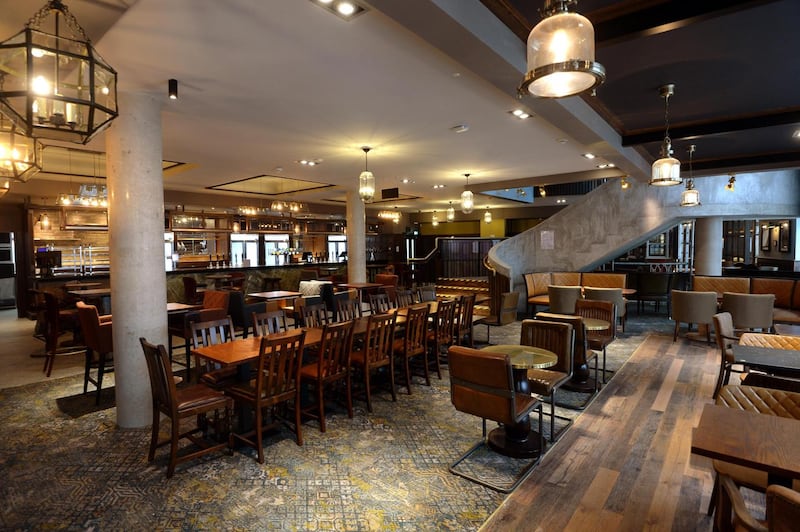
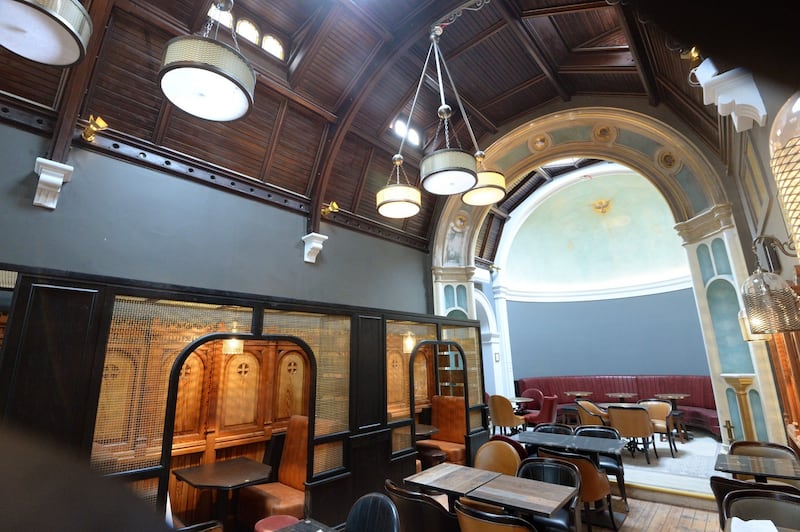
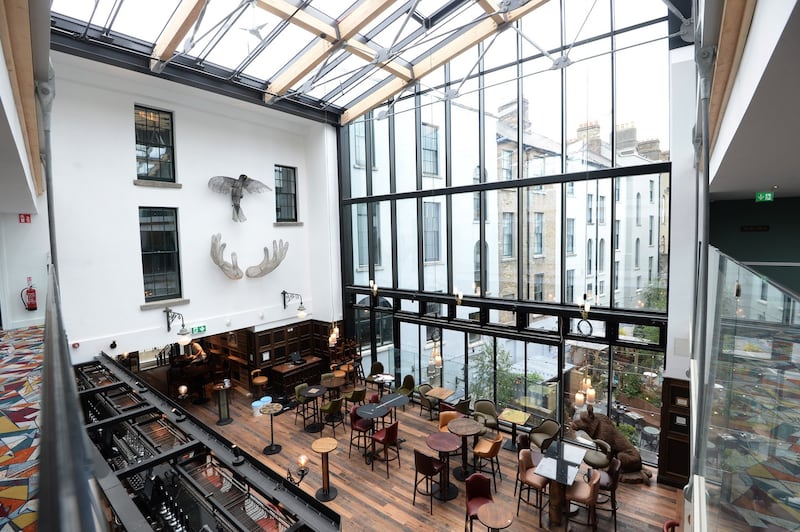
“There were so many Irish artisans and craftspeople involved – plasterers, stone carvers, stone cutters, joiners, roofers - those traditional skills in Ireland were embraced by the company,” Shane Nolan comments admiringly. “This isn’t just a pub and hotel; the building is a history lesson.”
The history is as layered as the building. The name Keavan’s Port was derived from the Church of St Kevin in Camden Row and St Keavan’s Port, the two streets of that name (which feature on Roque’s map of 1756), part of an ancient highway into the city of Dublin, were renamed in 1778 after the first Earl of Camden.
The reference to St Kevin in Seamus Heaney's poem St Kevin and the Blackbird has been commemorated with a dramatic metalwork sculpture of a blackbird with upturned palms commissioned from Wicklow-based artist Emma Jane Russworth. A stained-glass panel in the bar area by artist Patrick Muldowney also commemorates both the saint and the stained-glass history of the building.
Until the 1940s the property was the convent of the Little Sisters of the Assumption while Beau Jacks gym occupied the chapel. Several historical aspects of the old buildings from 1815 such as private residences have been retained and restored, including the rose window crafted by Earley & Company, stained glass artists who were based there from the early 1900s until 1975.
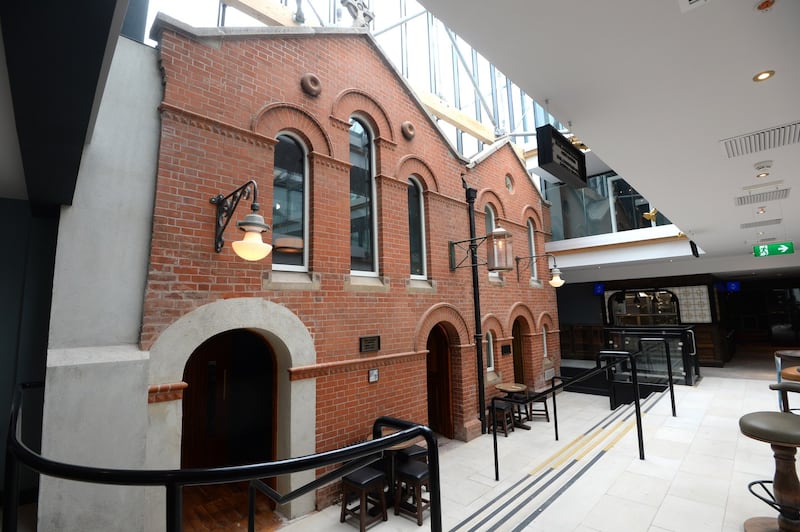
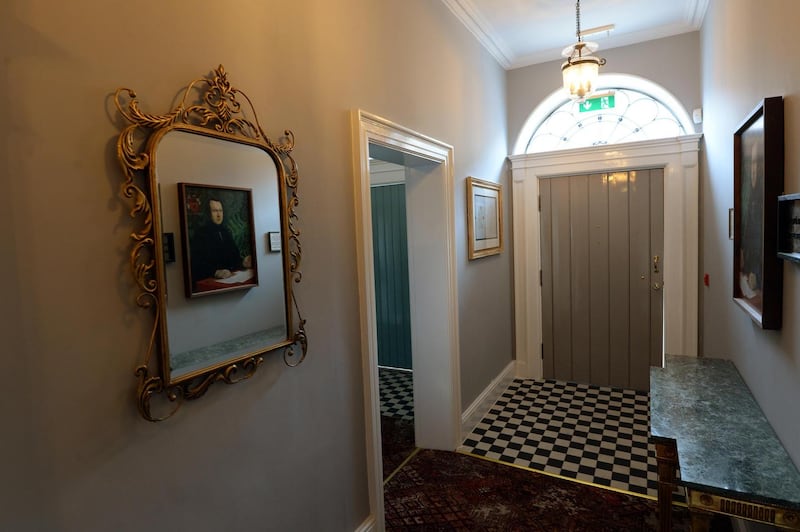
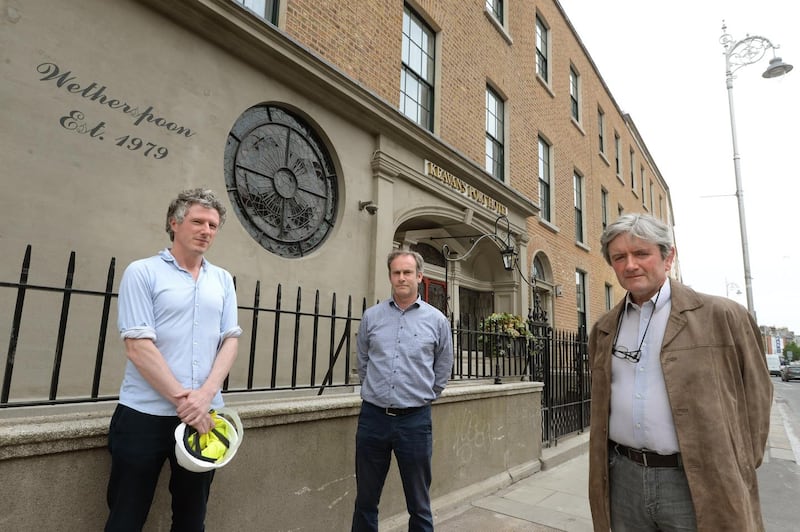
Before that, from 1860, it was the Camden Art Works of Hardman, another church decorator who supplied the metalwork and stained glass for the British Houses of Parliament.
Throughout the building there are photographs, drawings, church ornaments and other memorabilia, some acquired at auction, that commemorate the building’s past history and former occupants, so you get a large slice of history along with your drink in the premises which varies between wide open spaces to narrow intersecting warrens of rooms where skilled Irish artisans have repaired original stairs or replaced those beyond repair.
The 89-bedroom hotel which will open at the same time includes bedrooms designed especially for guests with disabilities.
“You have to think about the people, the end users and the conversations people have in pubs, but everything has a playful nature as well,” says Gregg Elliott, design director of the project who has taken a particular interest in the social history contained in the buildings.
“Great pubs evolve over hundreds of years – so we are trying to give this one a kickstart. It is bringing in history in a new way – a contemporary use of familiar qualities to make a real connection. We are giving this another layer.”
Keavan’s Port, due to open later this month, will be Wetherspoon’s eighth pub in Ireland with three more in the offing, The South Strand in Hanover Quay near the Marker, another in Arundel Square, Waterford and in Eglinton Street, Galway.

















